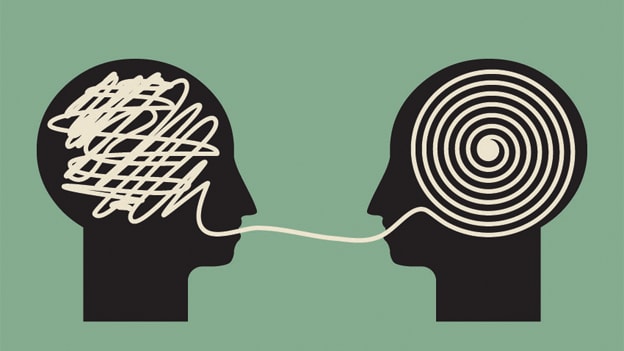Do People Understand You Always?
The Difficulty of Comprehending Others
"The Difficulty of Comprehending Others" refers to the challenge of truly understanding the thoughts, feelings, and perspectives of other people, especially those who are different from ourselves in terms of cultural background, life experiences, and beliefs. This difficulty arises from a combination of factors, including our limited ability to perceive and interpret social cues, our tendency to project our own biases and assumptions onto others, and the inherent complexity of human behavior and communication.
Additionally, the Difficulty of Comprehending Others can be exacerbated by the presence of cultural, social, or linguistic barriers, which can create misunderstandings and lead to miscommunication. Overcoming this difficulty requires active listening, empathy, and a willingness to learn about and appreciate different points of view.
How To Understand Human Behaviors?
Understanding human behavior is a complex and multifaceted process that involves a combination of observation, analysis, and empathy.
The main behavioral categories that characterize how people perceive themselves in relation to their surroundings. Frequently connected to a specific color Red, Yellow, Green, and Blue.
DISA Behaviors'
Reds are quick and willing to take command but can become control freaks and trample on people's toes.
Yellows can be amusing and creative, but when given unlimited space, they consume all the oxygen and their stories reflect reality less.
Greens are friendly and easy to hang out with, but they can be wishy-washy and unclear.
Blues are analytical and calm, but their critical thinking can lead to suspicion and questioning. This can make them difficult to handle.
What are the solutions?
Here are some general steps that may help us to better understand human behavior:
Observe and listen: Start by paying attention to the people around you and how they interact with each other. Observe their body language, tone of voice, facial expressions, and other nonverbal cues that can give you insight into their thoughts and feelings. Listen carefully to what they say and how they say it.
Ask questions: Don't be afraid to ask questions to clarify what people mean or to gain more information. Be respectful and non-judgmental in your approach.
Analyze patterns: Look for patterns in people's behavior, including their routines, habits, and responses to certain situations. This can help you to understand what motivates them and how they are likely to react in different scenarios.
Consider the context: Take into account the context in which the behavior is occurring, such as cultural, social, or historical factors that may influence it.
Empathize: Put yourself in the other person's shoes and try to understand their perspective. This involves being open-minded and non-judgmental and trying to see the situation from their point of view.
Continuously learn: Human behavior is complex and ever-changing, so be open to learning new things and updating your understanding as you gain more knowledge and experience.





Comments
Post a Comment